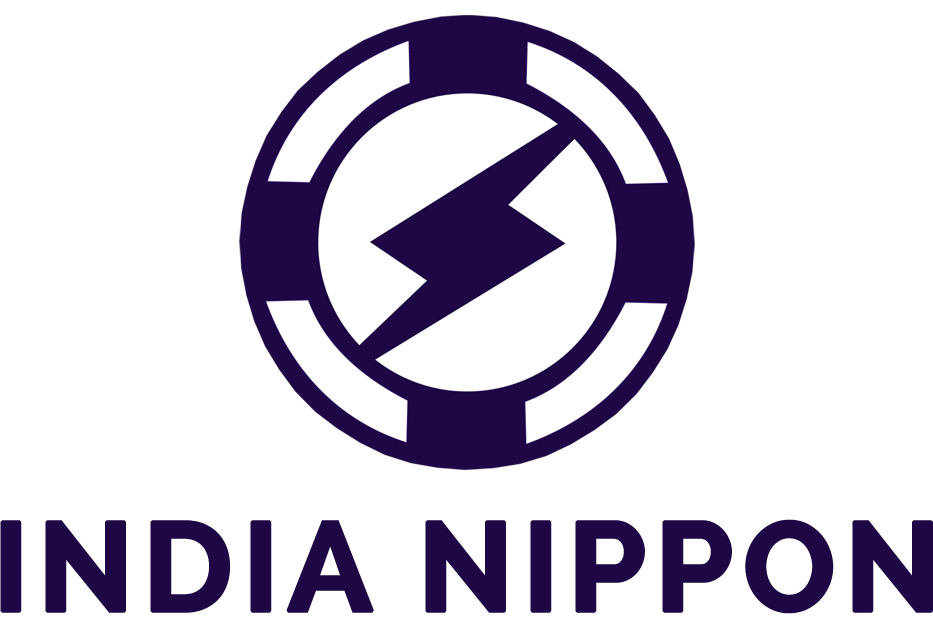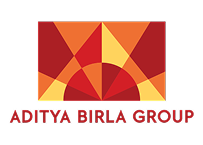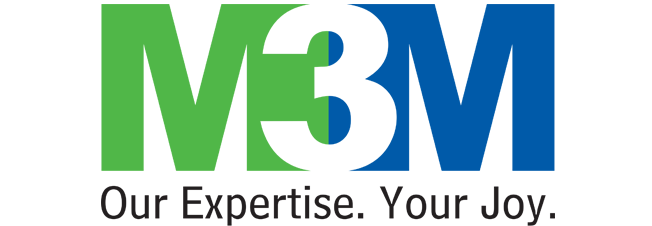Procol • August 27, 2025
Agriculture procurement: Process management for cost savings & profits

Successful farming is not just planting crops at the right time and getting a good harvest. It’s actually much more than that. Agriculture procurement is a complex yet rewarding process that involves multiple steps to make sure the result is worth it. From seeds to machinery, every purchase an agribusiness or a farmer makes impacts crop quality, costs, and timing. This blog will take you through how the process works, common challenges faced, and how digital tools like Procol’s platform revamp how agricultural products are sourced, purchased, and managed for better results and profits.
What is agriculture procurement?
Agriculture procurement is the process of getting goods, services, and other inputs that a farm needs for its operations. It covers seeds, fertilizers, machinery, and services like transport and maintenance. This includes direct procurement, for things used in farming, like seeds and feed, and indirect procurement for items that support the process and make it easier, like fuel, office supplies, and labor. Usually managed by farm managers, agricultural procurement is unique. This means it relies heavily on seasons, changes in price, and perishability. Smart, timely buying ensures healthy crops, cost savings, and less waste.
What is the importance of procurement in agriculture?
The importance of procurement in agriculture is simple: it plays a role in deciding whether a farm is successful or struggles to do business. Why is it so crucial? Agricultural procurement also plays a very important part in ensuring food security, boosts productivity, increases transparency, and helps track food from the farm right to the consumer’s fork. The processes are very specific and need to be done in a well-planned and careful manner. Farmers need a variety of seeds, fertilizers, pesticides, and equipment at the right time.
Without this, planting or harvesting can be delayed, which leads to lost crops and income. So, that’s why good procurement management is important, as it ensures tools and supplies are ready for seasonal changes, prevents grains from getting spoiled, and helps farmers keep costs under control. Additionally, farmers can get better prices on their products. Therefore, by planning well, farms reduce small errors that may lead to bigger problems, use their resources well, and boost profits.
How does agricultural procurement work?
Agriculture procurement works by planning what the farm or business needs, finding the right suppliers, making good deals, and managing stock well. A good agricultural procurement plan helps farms buy the right stock, invest their money in the right places, and meet delivery deadlines without any holdups, which later helps in selling crops on time. Here’s a step-by-step breakdown of how this process works.
Step 1: Identify the agricultural needs
The process of agriculture procurement starts with knowing exactly what the farm needs. This process is called a procurement audit, and it helps identify the things a farm presently needs. This includes products such as seeds, fertilizers, and pesticides, as well as machinery and other farming equipment that help a farm run smoothly. This is a very detailed process, as farmers plan for buying crops based on the season, market demand, and even government policies like Minimum Support Prices (MSP) or buyer agreements.
Step 2: Find the right suppliers
The next step is to search for and contact reliable and well-known suppliers who can provide high-quality goods at a reasonable price. Here, agricultural companies do a lot of market research, compare prices, quality of goods, and delivery time before making their choice.

Step 3: Negotiate and make contracts
Once suppliers are shortlisted, farmers or agricultural businesses negotiate prices and delivery terms. When both parties agree to the set terms in the contract, they sign an agreement for regular supply. This step is important in ensuring the quality standards are met.
Step 4: Choose the procurement method
There can be different types of procurement methods. This can be direct, where farms contact the suppliers themselves and negotiate a deal, or indirect, where middlemen like cooperatives or traders help. The farmers communicate with the suppliers through them. However, e-procurement platforms are becoming more popular now as they make buying faster and easier.
Step 5: Manage equipment and parts
Farms also look very closely at the equipment they need to purchase. It’s important that they be of the highest quality, but still, aren’t too expensive. In order to pick the best ones, they assess age, condition, and spare part needs. This avoids delays when repairs are needed.
Step 6: Track goods usage and inventory levels
It’s also important to track stock in real time, as that helps farms monitor when their inventory levels are going low, when, and what they need to restock. This is great, especially when deliveries are time-bound and stock needs to be moved fast. It keeps operations smooth.
Step 7: Order and receive items
All orders are moved through an approval process. This doesn’t take time, but it can get a bit lengthy if requests keep getting denied. However, the approval time for low-cost items is usually shorter. Buying from approved vendors saves time.
Step 8: Handle payments and records
To wrap up the process, suppliers are paid when the farms receive the delivery, and records are kept for every purchase. This last part keeps the process transparent and efficient.
What are common challenges in the procurement of agricultural products?
Agriculture procurement faces many challenges, like supply chain disruptions, changing weather, rising costs, poor infrastructure, and supplier issues. Other issues include prices being uncertain, difficulty in controlling quality, regulatory compliance, farmer verification, and the need for automation, blockchain, cloud platforms, and better procurement planning. These problems can slow farming and increase costs for farmers. Here are some more procurement challenges in detail.
1. Moving products to different places is difficult
Moving farm products back and forth from different locations can cause major supply chain disruptions. There are many issues that can pop up, like transportation delays, labor shortages, poor roads, and vendor issues. All of these can add up and cause shortages of seeds, fuel, packaging, and spare parts for machinery. And to compensate for the loss, farms would have to spend more, raising costs and complicating planning.
2. The weather and climate are unpredictable
Extreme weather conditions can happen anytime. Droughts and floods can ruin crops and lower yields. Also, the changing climate brings in new kinds of pests and diseases that harm the health of the crops. To adapt to these conditions, farmers must continue to buy different supplies to farm in all conditions.
3. Prices are always changing
There’s no telling when prices will spike or fall. Prices for seeds, fertilizers, and equipment can jump suddenly. Some contributing factors are global events, politics, and currency shifts, which make budgeting hard as costs often rise during the most critical farming seasons.
4. Problems with quality and tracking
Farmers should always ensure that the goods they get are of the best quality. Poor-quality seeds or fertilizers can ruin an entire season. And if quality isn’t tracked well, some vendors can try to sell fake or uncertified products by making it seem like a good deal. Here, technologies like blockchain help ensure products are real and safe.
5. Following the rules, always
Farmers must follow strict rules on food safety, sustainability, and the environment. These rules just can’t be compromised. However, proving that the crops meet the rules, especially for exports, takes time and effort, which is limited during very busy times.
6. Keeping track of how much they’re spending
Manual tracking isn’t always the best option, as it’s prone to error and can sometimes not reveal where exactly money is going. This makes overspending easy and saving hard. Rising costs for fuel, maintenance, labor, and transport add pressure. However, advanced procurement software like Procol’s gives real-time spending insights, which can help farmers track their resources better and control budgets.
7. Problems with records and data
Records on paper can be easily misplaced, which causes unnecessary mistakes and slows down approvals. Sometimes, manual methods can negatively impact the flow of buying agricultural products and add costs.
8. Inefficient supplier communication
Agriculture procurement companies& suppliers that aren’t very well-known can give farms mixed messages. Middlemen may not be able to communicate the information correctly, which can cause them to give the wrong or inaccurate prices. A centralized communication system helps everyone work better together and build trust.
How do digital solutions help in the procurement of agricultural products?
Digital solutions speed up the agriculture procurement process. With AI and automation, things are faster, clearer, and much easier. Additionally, digital tools help teams by making the sourcing and buying process simpler, cutting out middlemen, and providing smart data to help farmers make better decisions.
1. Automation makes buying easier
Automation helps take over the repetitive, time-consuming, and exhausting tasks like tracking multiple orders and managing different suppliers. So, with this newfound time, farmers can brainstorm new farming methods, explore newer technology, and not waste their time on lengthy paperwork.

2. Data helps in making smarter choices
Now, with the introduction of digital tools, humans don’t have to spend long hours researching articles for market trends. These tools analyze past purchases and market trends automatically. This helps farmers buy the right amount at the best times, saving money and avoiding waste.
3. Blockchain helps build trust and track better
A blockchain is a secure digital ledger that buyers use to track exactly where their food comes from. This helps them ensure they’re not getting scammed with fake products and get the highest-quality and genuine products.
4. Cloud platforms for access anytime, everywhere
Cloud-based platforms let farmers and buyers manage orders from anywhere, even on their phones. This cancels out the worry of not being able to reach a vendor on time, finalize bids, or view order statuses. An easily accessible platform speeds up changes and keeps everyone informed.
5. More market access and fair prices
Digital marketplaces connect farmers directly to buyers, without the need for any third-party involvement. This way, farmers can view all the goods and services at the prices they are without having to hear from anyone in between. This creates fairer prices and better access to markets.
6. Clearer spending and cost control
Agriculture procurement companies’ software displays real-time spending rates, helping agribusinesses stay within their budget. These procurement spend analysis systems give farmers live updates and alerts on what they’re spending on and also help them decide where they could be using their resources better. It reduces errors and makes cost management easier for agriculture businesses.
7. Benefits for everyone
A good agriculture procurement system means everyone makes a profit. On the one hand, farmers get better prices and easier processes. And on the other hand, their buyers find more products and enjoy clearer information. Therefore, digital tools help improve the whole supply chain and support food security.
How Procol’s software transforms procurement in the agricultural industry
Aside from helping enterprises make their procurement process smarter, Procol can be used in agriculture procurement, too. Our AI-powered platform makes the procurement of agricultural products faster, smarter, and more transparent. Here, we know that farming as a whole is a very intricate process and goes through multiple steps to get it perfect and have the best results. That being said, time and quality are everything, and delays and wrong choices stop the process from being efficient, and so, can affect the whole supply chain. That’s why our tools focus on making every step of the process better and simpler.
We’ve recently introduced some AI agents, from which our PR Collator automatically collects all the purchase requests from multiple teams and locations and puts them into one simple and organized list. This helps farmers and agricultural businesses view all PRs from one window, reduce duplicate orders, send out approvals much faster, and save valuable time.
The importance of procurement in agriculture means making careful, informed, and cost-effective choices. Here, our Spend Analytics Agent is your best choice. This smart tool analyzes past purchases, compares multiple suppliers’ performance, and finds areas where you can save money without compromising on the quality of the products.
By using our AI to take care of the regular tasks, you can focus on building better relationships with suppliers and getting the best deals. And the best part is that it doesn’t matter if you’re a large agribusiness or a small farming group, Procol.io’s software is perfect for all of your agriculture procurement needs, making everything more efficient and profitable.
Conclusion
Smart agriculture procurement is the defining line between an agricultural business that struggles and one that’s successful every time. This blog explained how, if you plan purchases well, manage costs, and invest in digital tools to boost processes, you can totally transform your business. So, no matter the size of your company, by using tools like Procol, you can choose the best products, manage requests and approvals smarter, and keep your supplier ties strong, always. Unlock the key to successful farming now by choosing us!
Frequently asked questions
What does procurement mean in farming?
In farming, procurement means buying all the goods and services that are needed to run a farm. These are things like seeds, fertilizer, equipment, and labor. It covers everything from knowing what’s needed to buying and working with suppliers.
What are the seven key steps in procurement?
The seven main steps in procurement are:
-
- Finding out needs.
- Finding and choosing suppliers
- Asking for quotes from vendors and negotiating.
- Making and approving purchase orders.
- Receiving and checking the details of the orders.
- Approving invoices and making payments.
- Keeping records and reviewing performance.
How are farm products sold?
Farm products are sold in many different ways, such as directly to customers at farmers’ markets or through programs like CSA. They can also be sold through wholesalers like grocery stores and restaurants.
Why is procurement important in agriculture?
Procurement in agriculture ensures timely access to seeds, fertilizers, and equipment, preventing delays, reducing costs, and improving harvest quality. All these aspects directly impact farm productivity and profitability.
What are the biggest challenges in agricultural procurement today?
Some of the agricultural procurement challenges are unpredictable weather, supply chain issues, price volatility, compliance rules, poor infrastructure, and manual processes that slow decisions and negatively impact supplier communication.
How do digital tools improve agriculture procurement?
Digital tools automate tasks, track spending in real time, improve transparency, connect farmers directly with buyers, and allow procurement to be managed anytime.
How does Procol help farmers and agribusinesses?
Procol automates the entire process, from sourcing to payment. This means that it oversees purchase requests, analyzes spending, and compares suppliers. This helps in reducing errors, saving costs, and improving vendor partnerships for both small farms and large agribusinesses.
Can small farms benefit from procurement software?
Yes. Small farms save money, reduce waste, and access fairer markets with procurement software. It makes processes easier and more efficient without relying on costly middlemen.
Explore more from Procol
Discover expert tips, how-to guides, industry insights, and the latest procurement trends.
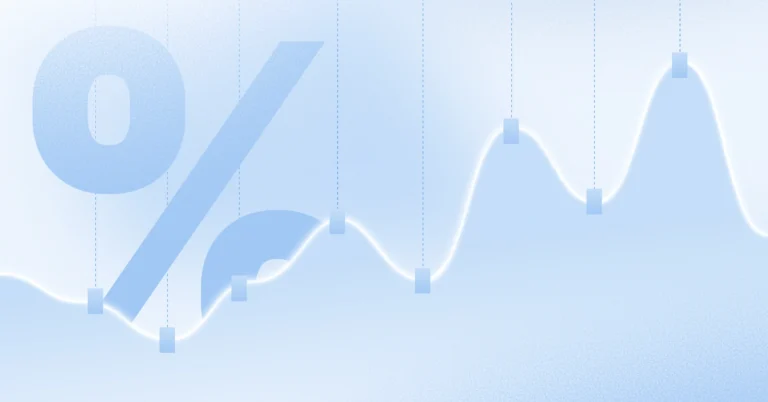
Top spend management KPIs to optimize procurement
Today’s business world has moved from just ‘buying’ to ‘managing spend’...
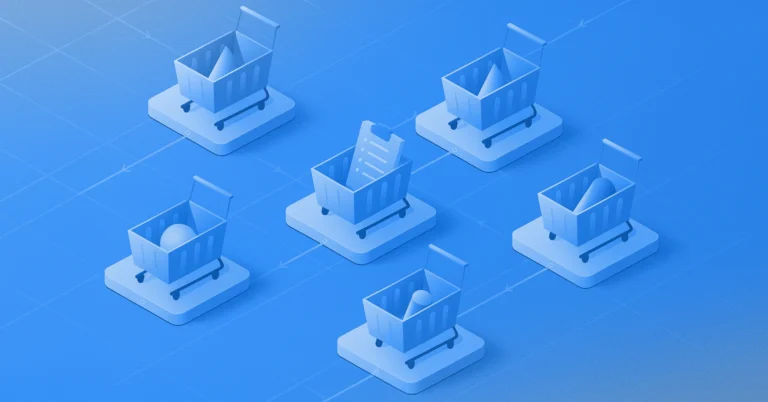
A comprehensive guide to decentralised purchasing in 2025
Purchasing is adapted to the specific needs of every business. It’s...
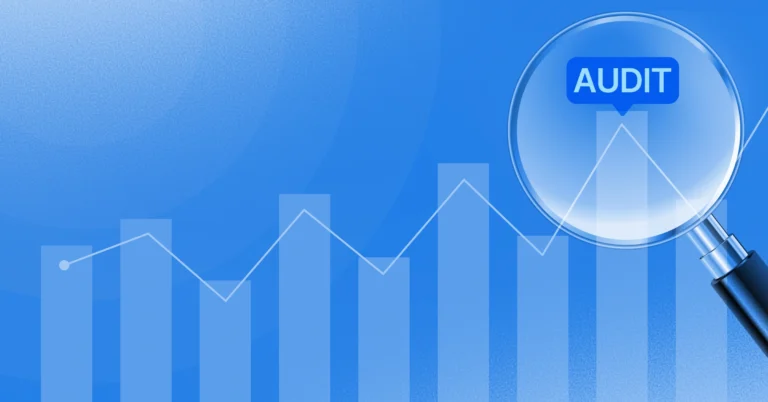
Guide to conduct successful procurement audit in 2025
If you get effective procurement right, you save money, stay compliant,...
